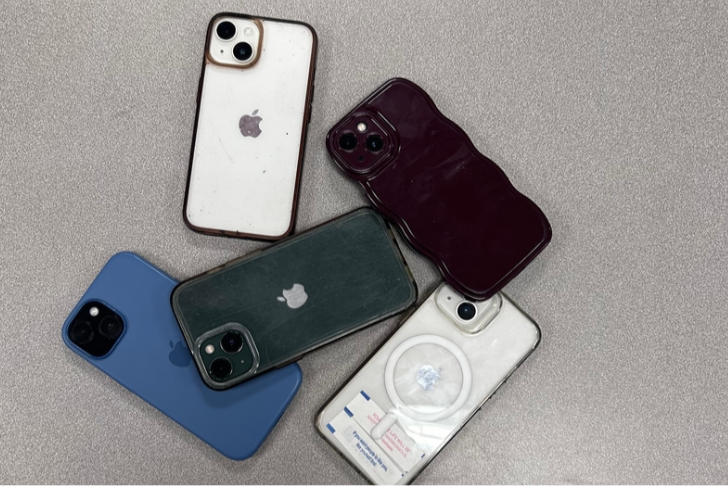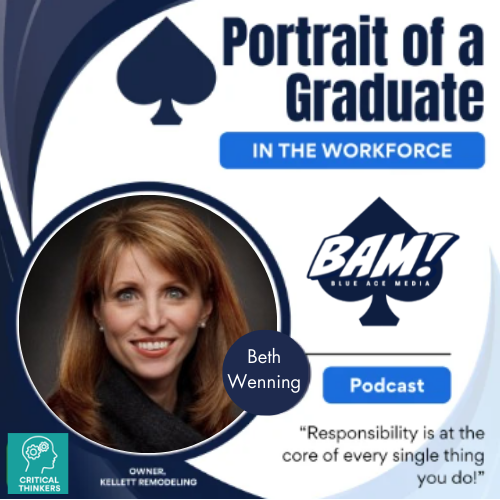In just a handful of years, one-use plastic bags have become the enemy of the earth. Making the choice to use alternatives was one of the easiest steps to helping the environment, but in reality, that’s not the case.
Paper Bags
Paper bags are compostable which makes them earth-friendly, right? No ma’am. This is the “easiest” alternative, but it is definitely not the best. Producing paper takes a lot of water and energy. Both of these things are bad for our vulnerable environment. Water is a valuable resource that is wasted when producing paper bags; they emit about 50 percent more water pollutants than plastic bags. When using more energy to manufacture an item, air pollutants are involved. It takes four times as much energy to make paper bags, turning out 70 percent more air pollutants. Although paper bags are wasteful, they still aren’t as bad as one-use grocery bags.
Reusable grocery totes
One of the biggest misconceptions about this plastic bag alternative is that they don’t produce any waste. Although this is better than both plastic and paper bags, it still has its cons. To manufacture reusable totes, water and energy are used. As previously stated, these can create bigger issues for the planet. For a reusable tote to become eco-friendly it has to be used over 20,000 times. With consumers constantly forgetting their totes in the car or at home, this goal is unrealistic.
Bags you already have
Using the bags you already have at home is the simplest and most effective way to save the planet from grocery waste. The bags you have at home, like backpacks or beach bags, are multipurpose when they are used for grocery shopping. Although these bags still emit carbon emissions and water pollution, you aren’t forced to get a new one each time you go to the store.
When thinking about alternatives to any products that harm the environment, consumers have to take it down to the root. Literally. Deforestation, carbon emissions and pollution are the leading causes of the climate crisis. To have a productive alternative for damaging products, the buyer has to research how they are produced. The product itself may be earth-conscious but what matters is production.









































